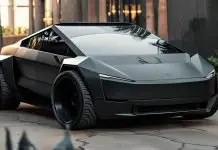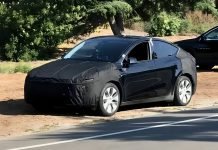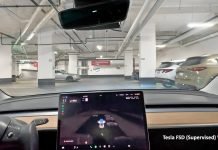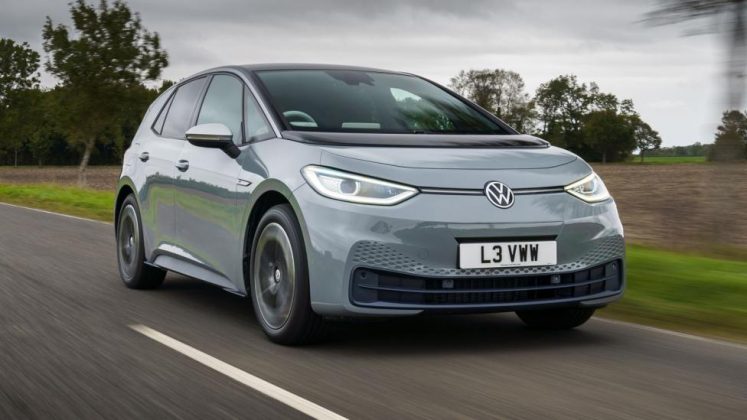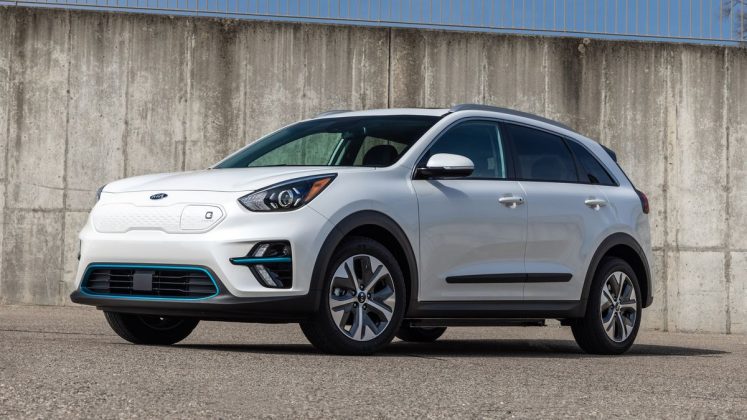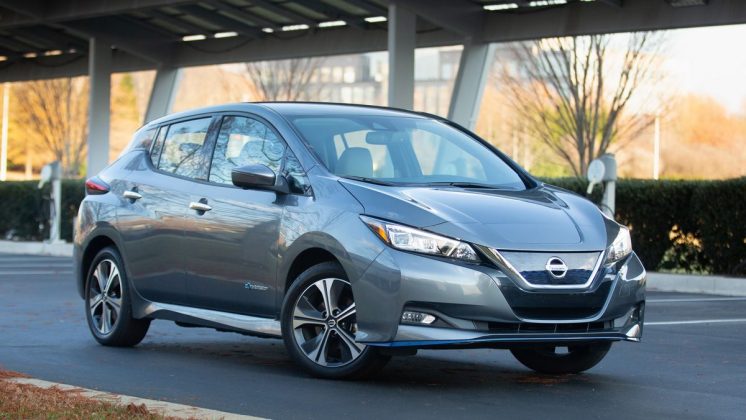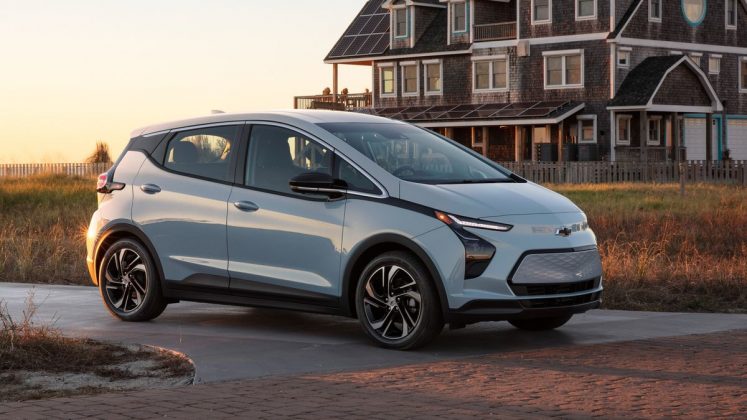For over two years now, Tesla has been offering only four vehicles on the market. They have two premium vehicles, the Model S sedan and Model X SUV, and two budget cars, the Model 3 and Model Y. There are, however, a number of projects in the pipeline. The much-hyped Cybertruck has already received thousands of pre-orders. The second-generation Roadster is already turning a lot of heads despite being in the concept phase currently. Finally, Tesla is looking to enter the truck segment with the Semi, an all-electric truck.
But Tesla’s major objective is to help the cause towards the adoption of electric mobility. And one segment that Tesla hasn’t touched yet is the small and affordable car section. The Model 3, which starts just under $40,000, is still inaccessible to some people. This is where the need for an electric vehicle at $25,000 arises. And that is exactly what Tesla is targeting next.
According to an article from Autocar, the Tesla hatchback may go on sale in 2023. It will be the cheapest car Tesla has ever produced, and by a wide margin. Tesla will, however, need all of its factories online and at full capacity to keep up with demand.
Coping with the Rising Demand
Tesla has been under fire quite a few times for its delayed deliveries. It is one of the biggest factors influencing the brand at the moment. A few years ago, when the demand for electric vehicles was limited, Tesla was able to deliver vehicles on time. But with demand growing multifold, Tesla hasn’t exactly been able to cope with it. Yes, there are a Gigafactory set up in Shanghai, and two more are being constructed in Austin and Berlin as well. But the situation is still the same.
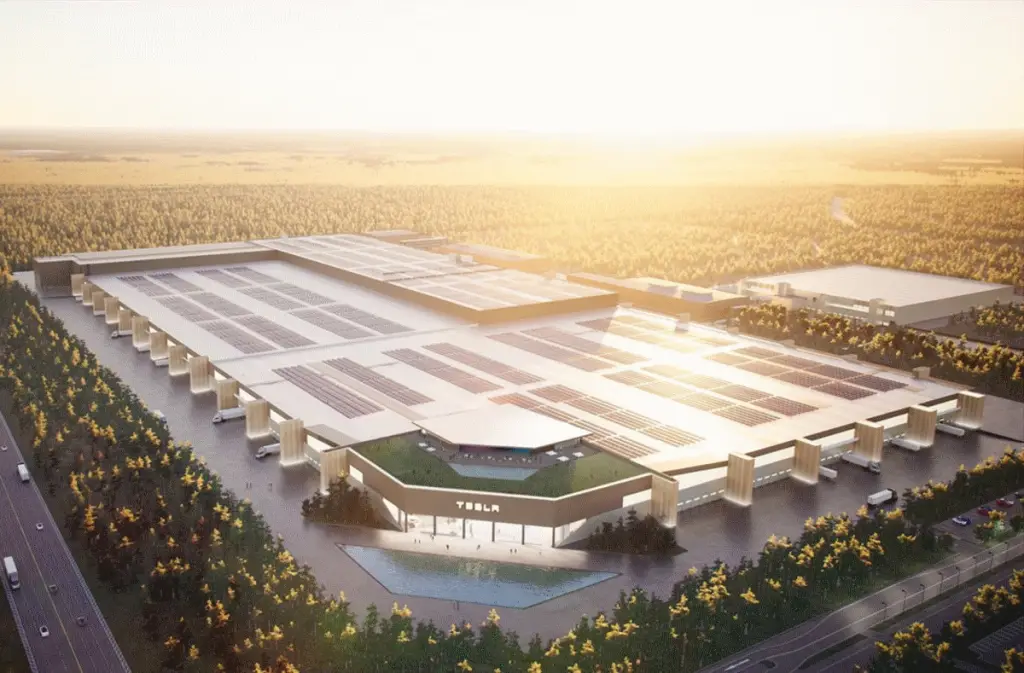
Of course, once the two under-construction manufacturing plants are up and running at full capacity, the situation may improve. But Tesla has already announced three vehicles before the “small car” (dubbed as Model 2). So adding another vehicle to the roster will only increase the demand. So why is this Model 2 so important?
Why the $25,000 Car is Important for Tesla
The last two quarters have been remarkably good for Tesla in terms of sales. Despite the delayed deliveries, the numbers have remained strong, especially through the COVID pandemic outbreak. Tesla’s market valuation has also risen multifold in the past 18 months or so. But the company has realised that in order to actually help the world move towards an electric future, it is important to tap every market. That is the only way to cement itself as the world’s leading electric vehicle brand in the face of fierce competition from established manufacturers.
The “hot hatch” market currently has Volkswagen ID.3, Chevrolet Bolt EV, Nissan Leaf and Kia Niro EV. The Bolt EV and Leaf have been around for some time now, and start at around $30,000. The ID.3 starts at around $36,000, while the Niro goes as high as $40,000 to start with. However, most of these vehicles offer around 200 to 250 miles (320 to 400 km) of range. While this is good enough for city driving, it can be slightly inadequate for longer trips.
Elon Musk had once commented that a range of 250 miles (402 km) is too low for an electric vehicle from a practical perspective. Today, the only Tesla car that offers less than 300 miles (483 km) of range is the entry-level Model 3 Standard Range Plus. The two higher-end versions, Performance and Long Range, offer 313 and 353 miles (504 and 568 km) respectively.
Hence, one can expect that Tesla will offer more than 250 miles of range for the Model 2. And if this vehicle does indeed cost less than $30,000, then it will surely bite off a major chunk out of the current “hot hatch” sales. There are a few obstacles, though.
The Battery Question
Last September, during the battery day event, Tesla had put a lot of focus on the new 4690 battery cells. Higher energy and power density along with a structural battery pack integrated into the chassis of the vehicle were the highlights of this announcement. Tesla had also mentioned that it would increase efficiency, which could result in cheaper battery manufacturing costs in the future. To summarize, the 4680 cells were supposed to be the future.
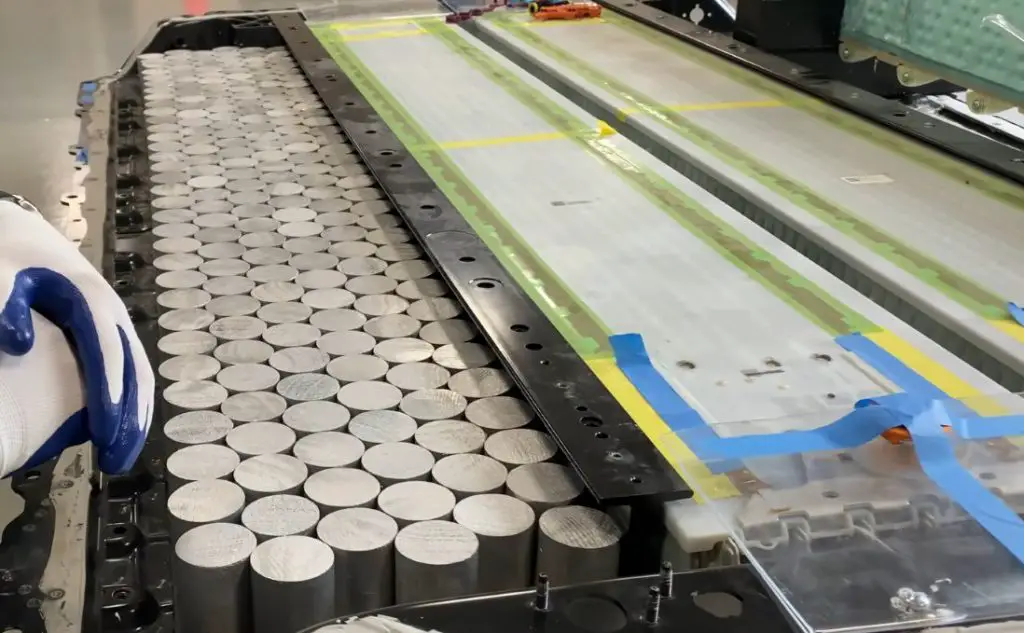
Fast forward to nine months later, and Tesla is still developing these cells. And there is probably a lot of time before we see them in Tesla’s vehicles. The all-new Model S Plaid isn’t using 4680 cells, and the Plaid+ was canceled. Many folks have speculated that the Plaid+ isn’t possible without the new cells, and the same could be true of the upcoming Cybertruck and other future Tesla vehicles.
Our Opinion
There are a lot of doubts whether Tesla can actually go forward with manufacturing a hot hatch and sell it for $25,000 with the existing battery packs. If not, they will have to speed up the development of the 4680 cells for Model 2. If Tesla is thinking about using the 4680 cells for the Cybertruck and Roadster, they will also have to scale up battery production. And finally, they need to get all manufacturing plants up and running at full capacity.
At the moment, getting all this done by 2023 seems quite optimistic. If Tesla does pull it off, it can change the electric vehicle scenario, and not for the first time.

